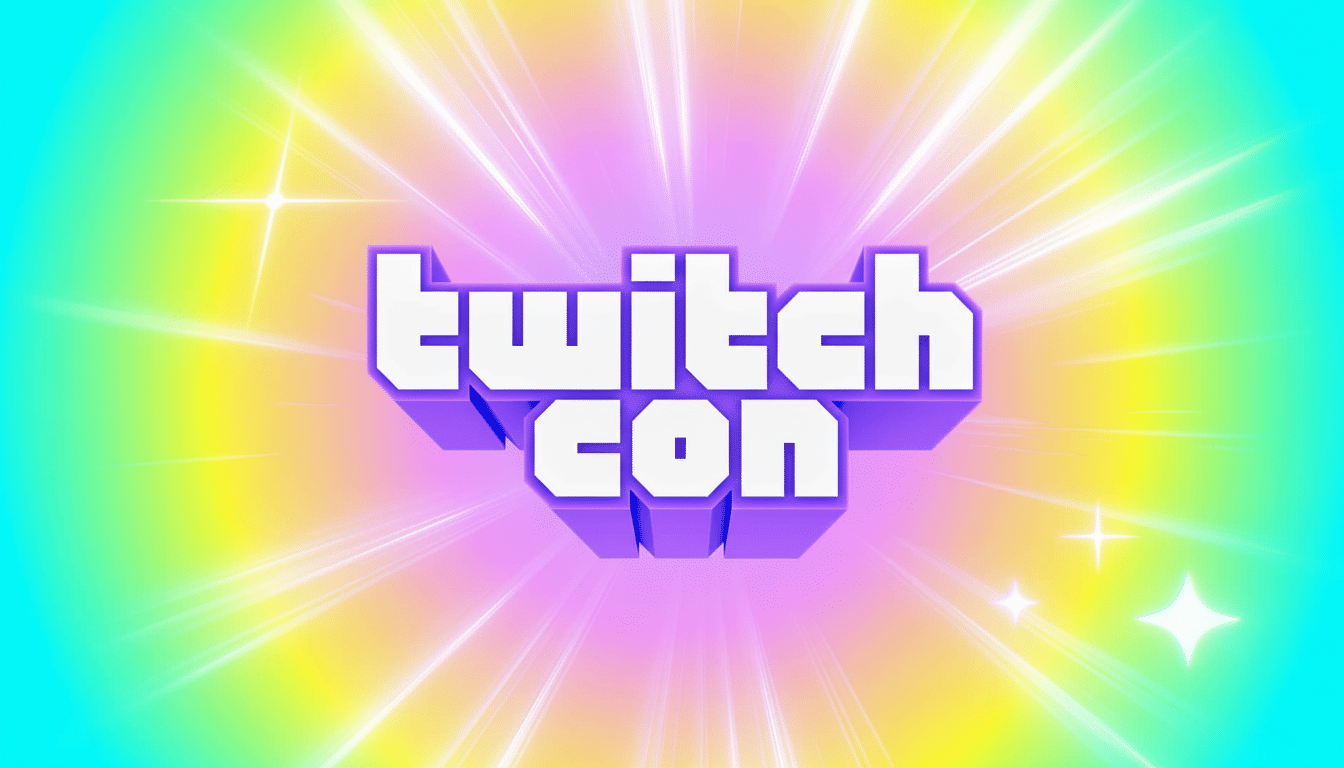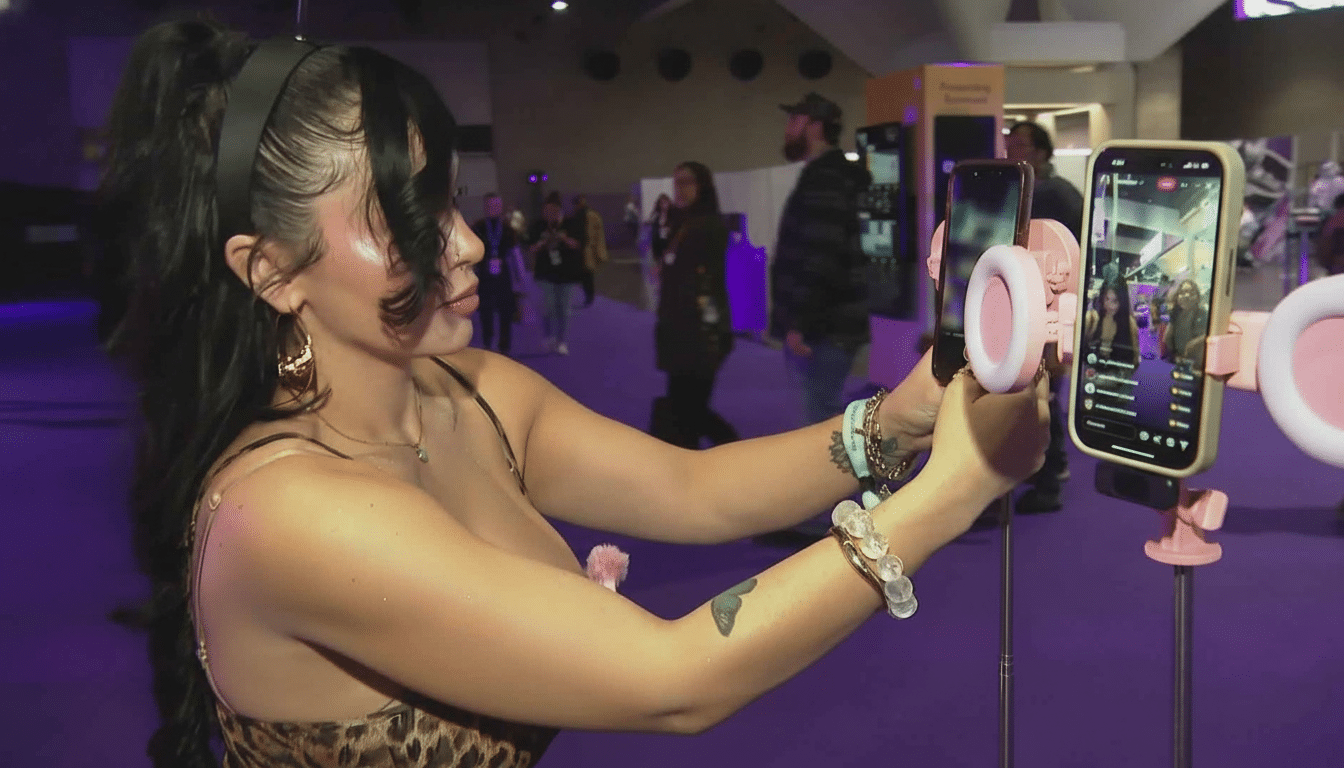What TwitchCon offers is the possibility of intimacy with creators, and that’s exactly the problem. Unlike more fan convention-style events built around moderated access, the Twitch flagship leans on proximity and spontaneity — but is fueled by a mix of live content. The net effect of those mistakes is a vicious pattern of harassment and unsafe crowd interactions, along with especially bad incident response that has caused some high-profile streamers to not attend for reasons of personal safety.
Access culture meets actual safety at TwitchCon events
TwitchCon is about “see the community in real life,” not “get in line behind a stanchion.” Streamers walk the floor, shoot IRL videos and chat for hours. At other high-profile events like San Diego Comic-Con or VidCon, for example, talent will often travel through designated hallways accompanied by security, engaging in pre-registered meet-and-greets with hard barriers. Those conventions essentially treat creators as high-value targets in crowded areas. TwitchCon treats them as attendees with larger name tags.

That design has consequences. High-profile incidents at past TwitchCons — there were notorious booth attractions that resulted in an attendee suffering serious injuries, and widely circulated footage of creators getting harassed on the expo floor — underline a fundamental disconnect between TwitchCon’s open-floor-plan format and the celebrity-level pull many of its big names have. The more accessible the creators, the weaker the buffer between them and escalating behavior.
Parasocial Intimacy Turns Into A Security Threat
Livestreaming blurs boundaries. Streamers talk to their audience in real time — and that creates the kind of bonding many other platforms don’t — or can’t — replicate. When fans get to know creators in the flesh, that closeness can transmogrify into entitlement. Researchers have found that parasocial relationships feel reciprocal even when they’re not, so such warped expectations raise the stakes for risk — especially (though their work doesn’t examine this specifically) among women and other marginalized creators.
Data backs this up. According to the Pew Research Center, a significant number of internet users are subjected to harassment, and far more women than men experience sexualized abuse. More women and girls than ever are playing games across all devices; they make up 46 percent of the gaming population, according to a recent report from the Entertainment Software Association. But abuse in those spaces is rampant: The Anti-Defamation League’s Center for Technology and Society has found pervasive harassment in gaming communities, at higher rates targeting women and L.G.B.T.Q. people and people of color. That digital climate transposed to a real-world venue, with creators’ locations advertised and lines forming openly on the show floor, makes the danger of that crowd exponentially greater.
IRL Streaming Reveals Your Real-Time Location
IRL content has long been a staple of Twitch culture, and is also a logistical nightmare for safety teams. In-the-moment broadcasting erases the cushioning time delay most celebrity sightings enjoy. For stalkers and bad actors, there is no need to guess; the stream leaves a map.
Several creators have reported getting followed or threatened after live details of their locations were shared. One prominent streamer was apparently harassed while out in public and streaming in Santa Monica, the BBC reported. Others have been doxed or had to fend off confrontations while live. On a convention schedule, filled with public booths and panels to screen, live video can turn a meet-and-greet into catnip for anyone wanting to see what he can get away with.
Missed Signals and Delayed Response Increase Risks
Twitch touts its “layers” of security — metal detectors, wristband scans and visible law enforcement. Screening steps like those are handy for contraband, but they don’t do much to forestall the most common ills creators cite: stalking, groping and nonconsensual contact. What prevents those incidents is trained, dedicated personal protection, including rapid response teams that are placed wherever creators or fans congregate at fan events.

At PAX, for instance, creators speak of swift and focused action in the face of a real threat: immediate escorts, spotters and specially tailored protective details. That more closely follows recommendations from the International Association of Venue Managers and the Event Safety Alliance, which emphasize behavioral detection, threat assessment and clear authority to remove people. At a place like TwitchCon, with multiple contractors, third-party booths and roaming creators, it’s the perfect storm for the diffusion of responsibility — right when you need to be decisive.
Why It Feels Uniquely Unsafe for Many Streamers
Other conventions reconcile fame with distance. TwitchCon monetizes closeness. Add live location broadcasts, parasocial intensity, a mingling-friendly expo floor and spotty on-the-spot enforcement, and you’ve got an environment where violations occur quickly — but consequences don’t. Combine cross-platform rivalries and clout-chasing stunts, and there is an incentive to antagonize on camera built into the landscape.
That’s why more and more creators are now bringing their own security or bypassing the event entirely. They understand something the structure of the event still resists: when your brand is friendliness, your risk profile isn’t.
What Would Actually Make TwitchCon Significantly Safer
There are remedies — none libertarian-compatible, access-wise. The most successful package would include:
- No IRL streaming inside the expo hall without a broadcast delay.
- Pre-registered, lottery-based meet-and-greets with hard barriers and controlled throughput.
- Mandatory escorts to and from all scheduled creator appearances (hell, you should be using three-quarters of my people for this).
- Plainclothes protection teams that are creator-focused vs. only perimeter-focused.
- One incident command structure with authority to eject, ban and notify law enforcement in real time.
Twitch might additionally staff up with a formal threat assessment team drawing on frameworks from the Association of Threat Assessment Professionals, deliver creators custom risk plans and make sure its zero-tolerance rules are well-communicated to attendees. VidCon’s long-standing meet-and-greet lottery and Comic-Con’s talent escort policies are evidence that fan access and safety can exist in harmony — provided access is organized.
Until TwitchCon places safety before proximity, the event will continue to seem uniquely dangerous for the very people it sets out to honor. The platform has the resources and manpower. What’s needed is a design that treats streamers like the headliners they are.

